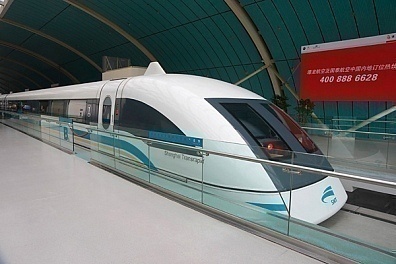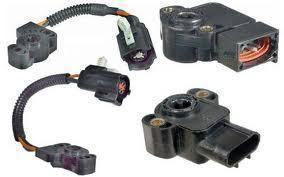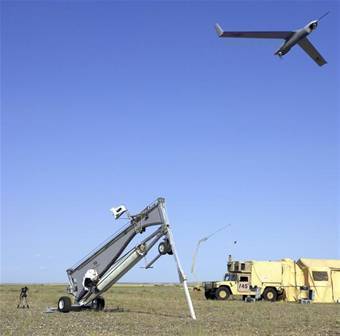A magnetic levitating vehicle (MagLev) is a vehicle that uses a strong electromagnetic field to resist gravity and keep the vehicle floating out of the ground. The technical name is Electromagnetic suspension.
The principle of the Electromagnetic suspension is to charge with the same pole the base of the vehicle and the rail with a magnetic field strong enough as to generate a force stronger than the weight of the vehicle and have suspension.
When and Where Was Maglev Invented?
The first patent for a MagLev was granted in 1968 to U.S. scientists Gordon Danby and James Powell. The founding was lost and the US did not develop the system further. Germany and Japan took the lead and worked out different implementations used in high speed trains.
How is the Magnetic Field Generated?
There are two forms of magnetic fields: one is static (permanent magnets) and the other dynamic. In the case of MagLevs, the magnetic field is dynamic and as such generated by fast moving electric charges. Some systems use moving permanent magnets to generate the electric field, but the levitating field is dynamic in nature.
How is a Magnetic Levitation System Set Up?
A Magnetic Levitation System has three basic elements:
- An electrical power source
- Metal coils lining a track
- Guidance magnets attached to the underside of the train
What Moves a Magnetic Levitation Vehicle?
The vehicle does not have an engine in the traditional sense. The metal coils are electrically induced to generate dynamical magnetic fields. Two different set of magnets work on the bottom and the side to keep stability and induce movement.




Follow Us!